
As the only FDA-approved, game-based digital therapeutic, EndeavorRx’s eligibility is expected to more than double the number of pediatric patients with ADHD who have a prescription from a healthcare provider, due to the increased age range.

As the only FDA-approved, game-based digital therapeutic, EndeavorRx’s eligibility is expected to more than double the number of pediatric patients with ADHD who have a prescription from a healthcare provider, due to the increased age range.

Men with severe or moderately severe hemophilia B continue to display low bleeding rates and very little use of replacement therapies for at least three years following a single dose of the approved gene therapy hemgenix.

This expansion follows in response to the COVID-19 pandemic and its effect on rising mental health conditions in Massachusetts alone.


A recent study conducted by AHIP revealed that MA plans have been proven to provide better access to preventive healthcare, helping reduce disease risk and detecting illnesses early on.

Researchers of a study compared Israel's CVOID-19 booster rollout experience to the United States to ask the question: How many lives could the U.S. have saved if boosters were authorized sooner?

The Fertility Out Loud docuseries by Ferring Pharmaceuticals is part of their Fertility Out Loud platform and social community designed to build awareness, provide education, and address the stigma associated with infertility.
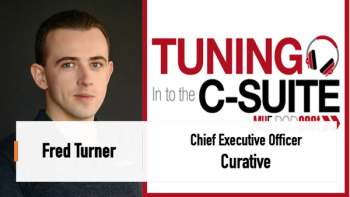
Briana Contreras, an editor of Managed Healthcare Executive, spoke with Fred Turner, CEO of Curative, in this month’s episode about the challenges middle-class Americans face in dealing with medical debt, exploring the causes behind it and the impact on overall health.

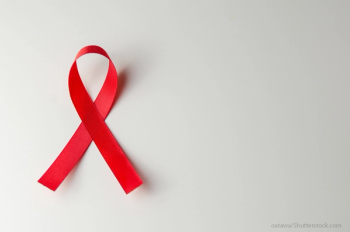
PEPFAR, having invested $100 billion and saved 25 million lives in the global fight against HIV/AIDS, faces Congressional hurdles in its reauthorization due to abortion debates. Despite widespread support and no evidence of abortion-related activities, the legislative process is at a standstill. Members of PEPFAR and authors of a recent editorial stress the significance of PEPFAR and advocate for integrating behavioral and social science into healthcare programs to achieve UNAIDS targets and address barriers in HIV/AIDS testing and treatment.

In 2019, the worldwide burden of HCV exceeded 58 million people, with 14.9 million infections occurring in women aged 15 to 49 years.

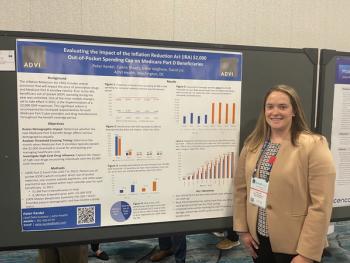
Prior to the IRA, there were no limits on beneficiary OOP spending throughout the year. However, by 2025 the IRA will introduce the $2,000 maximum OOP expenses.

Coffee, rich in polyphenolic compounds like chlorogenic acid (CGA), caffeic acid (CAA), cafestol, melanoidins and trigonelline, has been recognized as a dominant source of CGA in various studies. Previous studies suggest that CGA in coffee can positively impact blood pressure, lipid profile, glycemia and insulin resistance.

Harsha Rajasimha, MD, founder and executive chairman of IndoUSrare, spoke to MHE about the current disparities in diversity and ethnicity in rare disease clinical trials in the U.S., as well as what he's seeing in clinical trials for diseases like hemophilia, in specific.

COVID-19 misinformation interventions should involve public health experts, establish consistent outcome measures and more to address health misinformation at individual, community and systems levels, according researchers of a recent study.

This was found to be true in a cross-sectional study published in BMC, where 890 adults with HIV and 1,364 HIV-negative adults in China completed the trial through a self-administered online survey.

In recent years, the use of drone technologies and healthcare delivery has become a hot topic in scholarly discussions as they have attributed to address challenges associated with poor road conditions, transportation limitations and the need for more efficient responses to healthcare emergencies.

Wayne B. Batchelor, M.D., Associate Director of Inova Heart and Vascular Institute, discusses the latest advancements in less invasive techniques for treating pulmonary regurgitation.

Briana Contreras, an editor with Managed Healthcare Executive, spoke with Harsha Rajasimha, MD, founder and executive chairman of IndoUSrare, in this month's episode of Tuning in to the C-Suite podcast. The conversation was about how the disparity in diversity and ethnicity in rare disease clinical trials in the U.S. has led to gaps in understanding diseases and conditions, jeopardizing universal health, and increasing the economic burden of healthcare.

A recent study revealed that virtual urgent care (VUC) had minimal impact on emergency department visits or hospital admissions in Ontario, Canada, during the COVID-19 pandemic. However, a significant number of study participants who initially sought virtual urgent care eventually attended an emergency department in person.
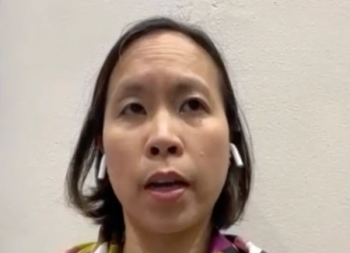

Albert S. Khouri, M.D., a professor of ophthalmology at the Rutgers New Jersey Medical School, discusses teleophthalmology’s role in outreach efforts and improving ophthalmic care in the emergency room.
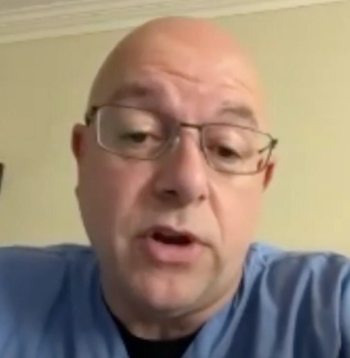
Albert S. Khouri, M.D., says ophthalmic care lends itself to telehealth because it is image based. As with many other areas of medicine, the COVID-19 pandemic accelerated adoption.
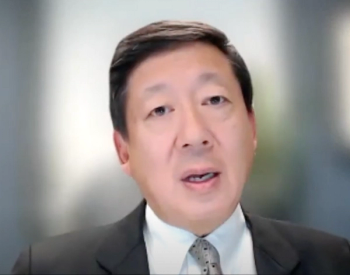
Delivering medication in the suprachoroidal space would be less invasive than intravitreal injections used to deliver many eye treatments.
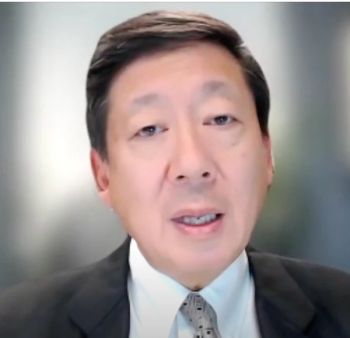
Suber S. Huang, M.D., MBA, a panelist for a session about late-breaking research, said the presentation about Syfovre complications among patients treated at the Wolfe Eye Clinic in Iowa is one of the most important of this year's annual meeting. Five patients experienced complications from the new drug for geographic atrophy.

The announcement has triggered a wave of concerns among users of eye-care products, particularly in those designed to alleviate dry and irritated eyes.

Data from the study revealed that about half of the patients did not receive any treatment during their 12-month follow-up.

As the HIV epidemic rises in China, Chinese men who have sex with men (MSM) face various mental health difficulties, including suicide ideation, depression and stigma.

The risk of stroke is not as likely for adults 65 years and above who have taken the Pfizer-BioNTech and Moderna COVID-19 bivalent vaccines. However, there may be an elevated risk of stroke when COVID boosters are paired with high-dose flu vaccines, particularly in adults 85-years-old and above.